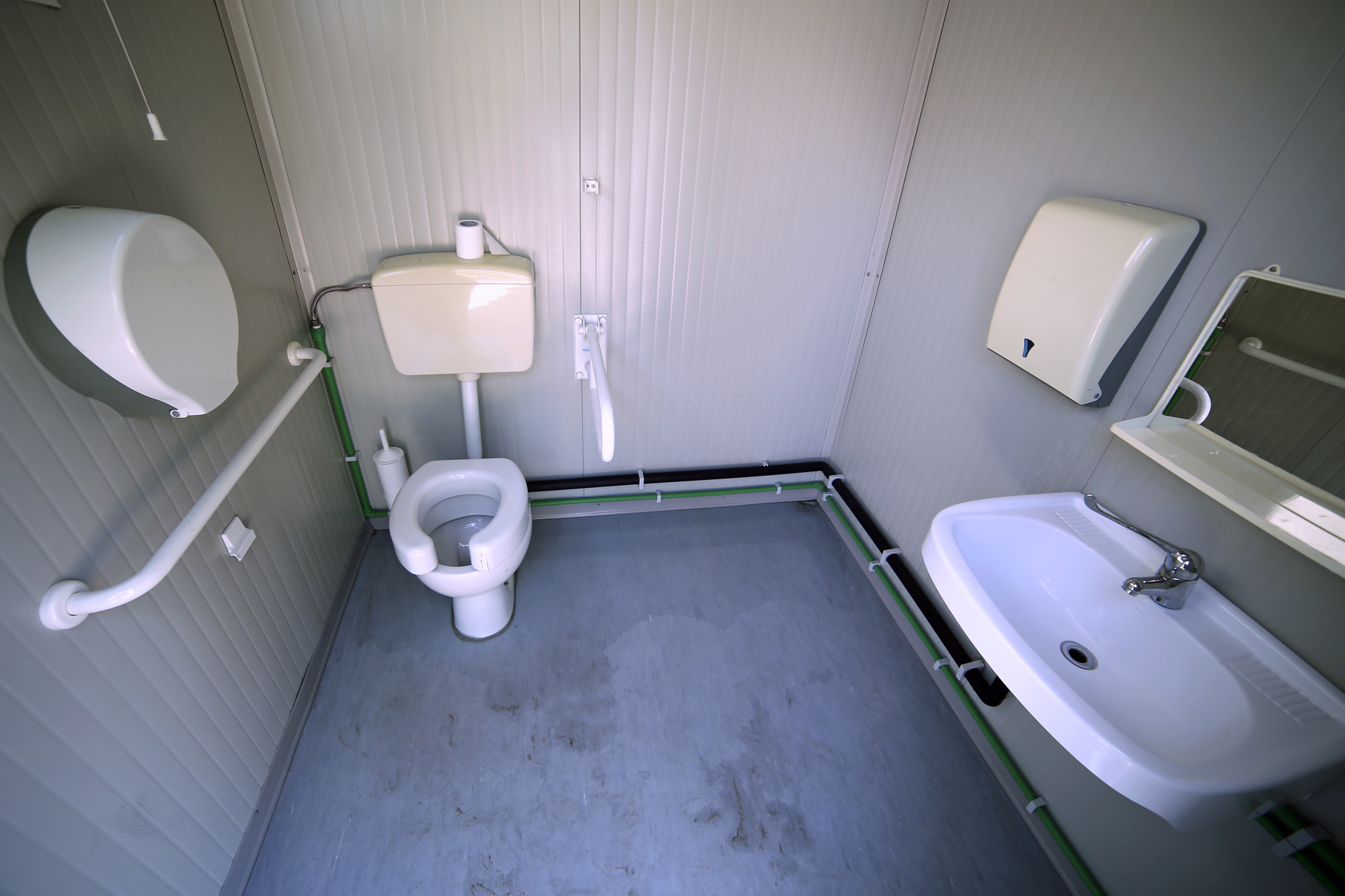When it comes to plumbing systems, the toilet is one of the most essential components in any home. It is something we use every day and, as such, requires routine maintenance to keep it in good working condition. The rough toilet flange is an essential component of any toilet installation. In this article, we discuss what a 16″ rough toilet flange is, why it’s important, and how to install it.
What is a 16″ Rough Toilet Flange?
The flange is a piece that connects the toilet to the floor and the waste line. It typically consists of a metal ring that is positioned over the waste line and sealed in place with screws. The flange is then secured to the toilet base with bolts and nuts, providing a stable connection between the toilet and the floor. The flange’s rough-in size refers to the distance between the center of the waste line and the finished wall.

A 16″ rough toilet flange is a widely used toilet flange size in many homes. It is the measurement taken from the center of the flange to the wall behind the toilet. A 16″ rough toilet flange is essentially a plumbing component that allows a toilet to be securely bolted to the waste line and the floor, ensuring a tight and secure seal and preventing any leaks or other damage.
Importance of a 16″ Rough Toilet Flange
Having a 16″ rough toilet flange is essential when installing or replacing a toilet. It helps to ensure that there is a secure connection between the toilet and the waste line, which is critical for preventing leaks that can lead to water damage, mold growth, and other serious issues. A poorly installed toilet flange may cause the toilet to wobble, which can create leaks or cracks in the flange or wax seal.

Proper installation of a 16″ rough toilet flange also ensures that the toilet is flush with the floor, which provides a stable base for the toilet. This is important not only for aesthetics but also for functionality. A toilet that’s not flush with the floor can put additional strain on the flange and the wax seal, potentially causing leaks or other damage.
How to Install a 16″ Rough Toilet Flange
If you’re considering installing a 16″ rough toilet flange, here are the steps to take:
1. Shut off the water supply to the toilet: The first step in installing a 16″ rough toilet flange is to shut the water supply off to the toilet. You should locate the shut-off valve behind the toilet and turn it off clockwise.
2. Remove the old toilet: Remove the old toilet by loosening the bolts with a wrench and tilting it forward. You should have a bucket or rags to catch any remaining water or debris.
3. Remove the old wax ring: Once the toilet is out of the way, remove the old wax ring from the flange and dispose of it.
4. Clean the flange: Clean the flange and the surrounding area with a disinfectant and a scraper.
5. Install the new toilet flange: Place the new 16″ rough toilet flange into the existing flange. Secure it in place by screwing it into the floor or using a mounting bracket.
6. Install the new wax ring: Place the new wax ring onto the flange, making sure it’s centered on the flange.
7. Install the toilet: Lift the toilet and carefully place it onto the flange, making sure the bolts align. Sit on the toilet, rocking it back and forth, until it settles into place. Tighten the bolts by hand, making sure not to over-tighten them.
8. Reconnect the water supply: Turn the water supply back on, and make sure there are no leaks or other issues.
Now that you know what a 16″ rough toilet flange is, why it’s essential, and how to install it, you’re ready to tackle this plumbing project with confidence. The flange is an essential component of any toilet installation or replacement, and it’s crucial to select the correct rough-in size for your bathroom. Whether you’re a DIY homeowner or a professional plumber, following these steps will ensure that your toilet installation is successful and secure. Remember, always invest in quality products and take all necessary precautions to stay safe when working with plumbing systems. Visit aceplumbingrepair.com or give us a call at (844) 711-1590 for all your plumbing needs.






